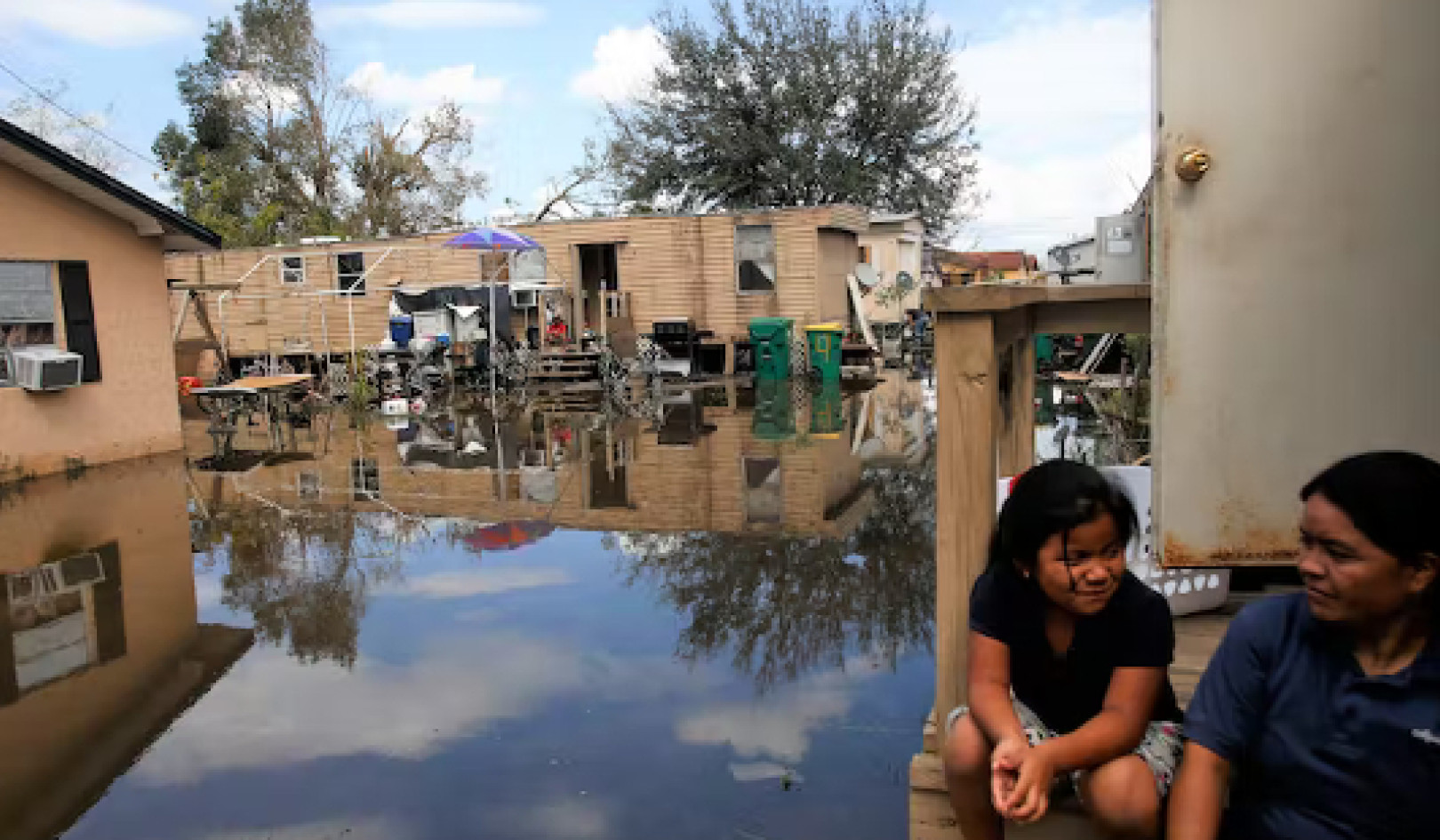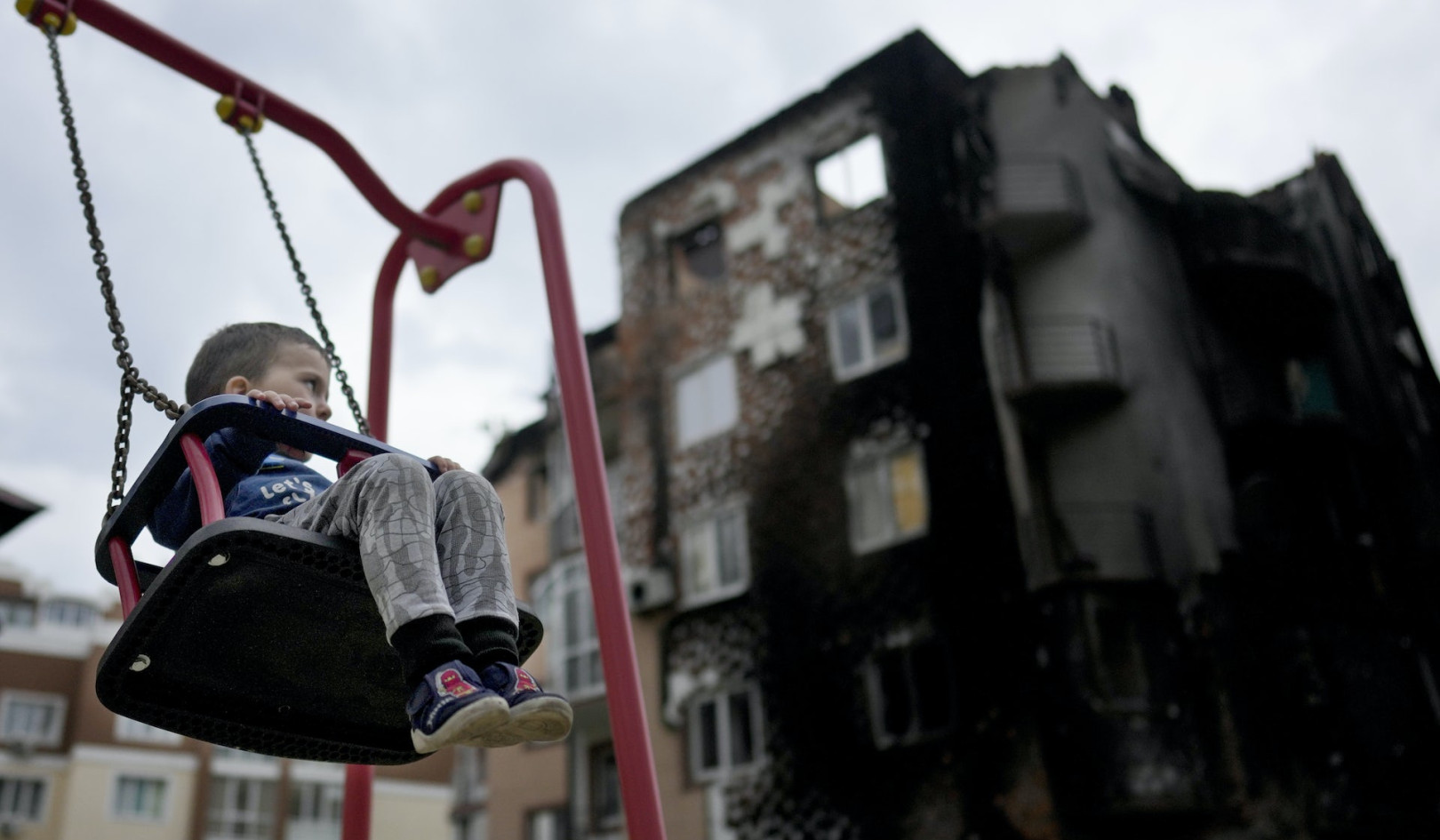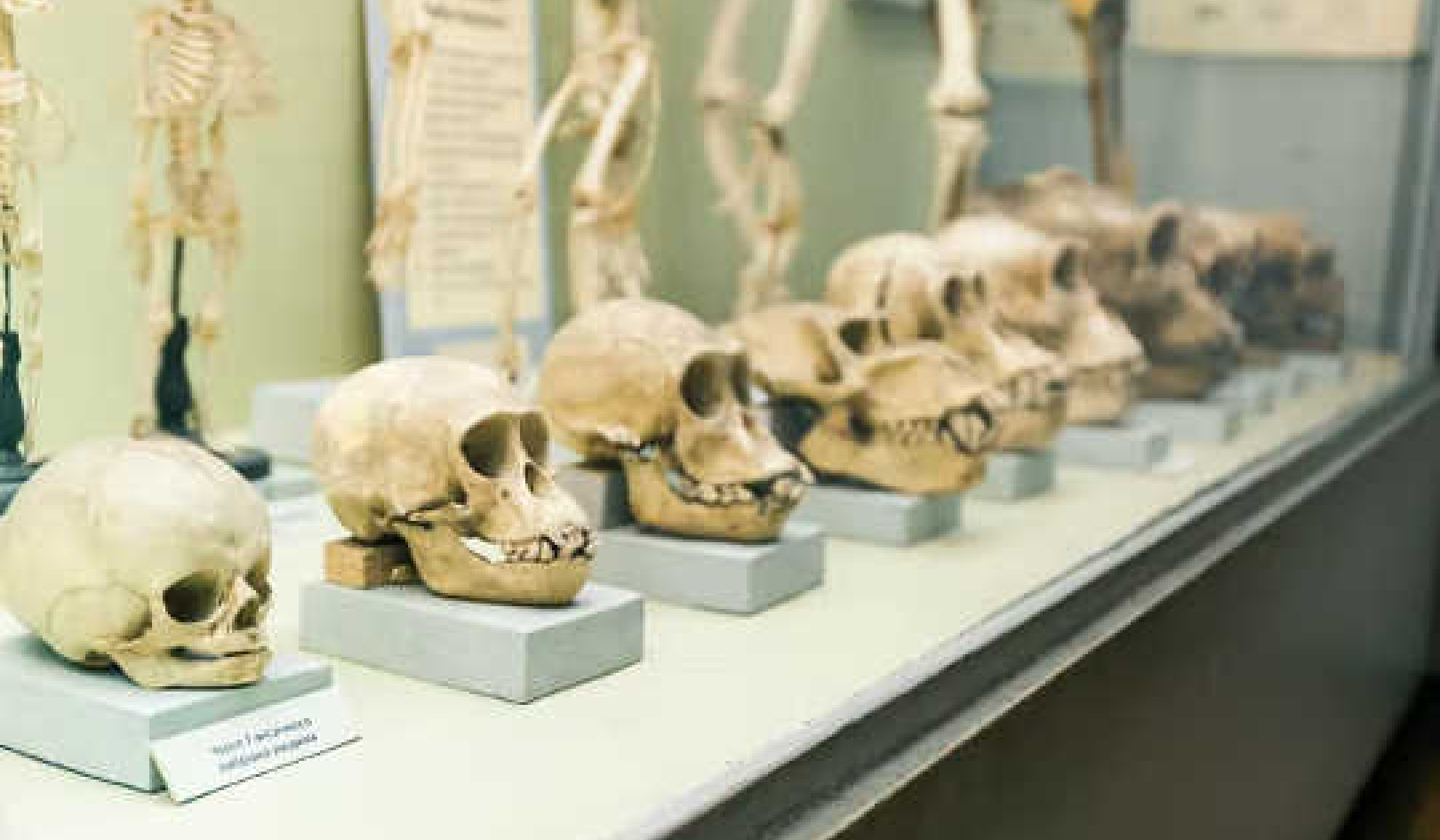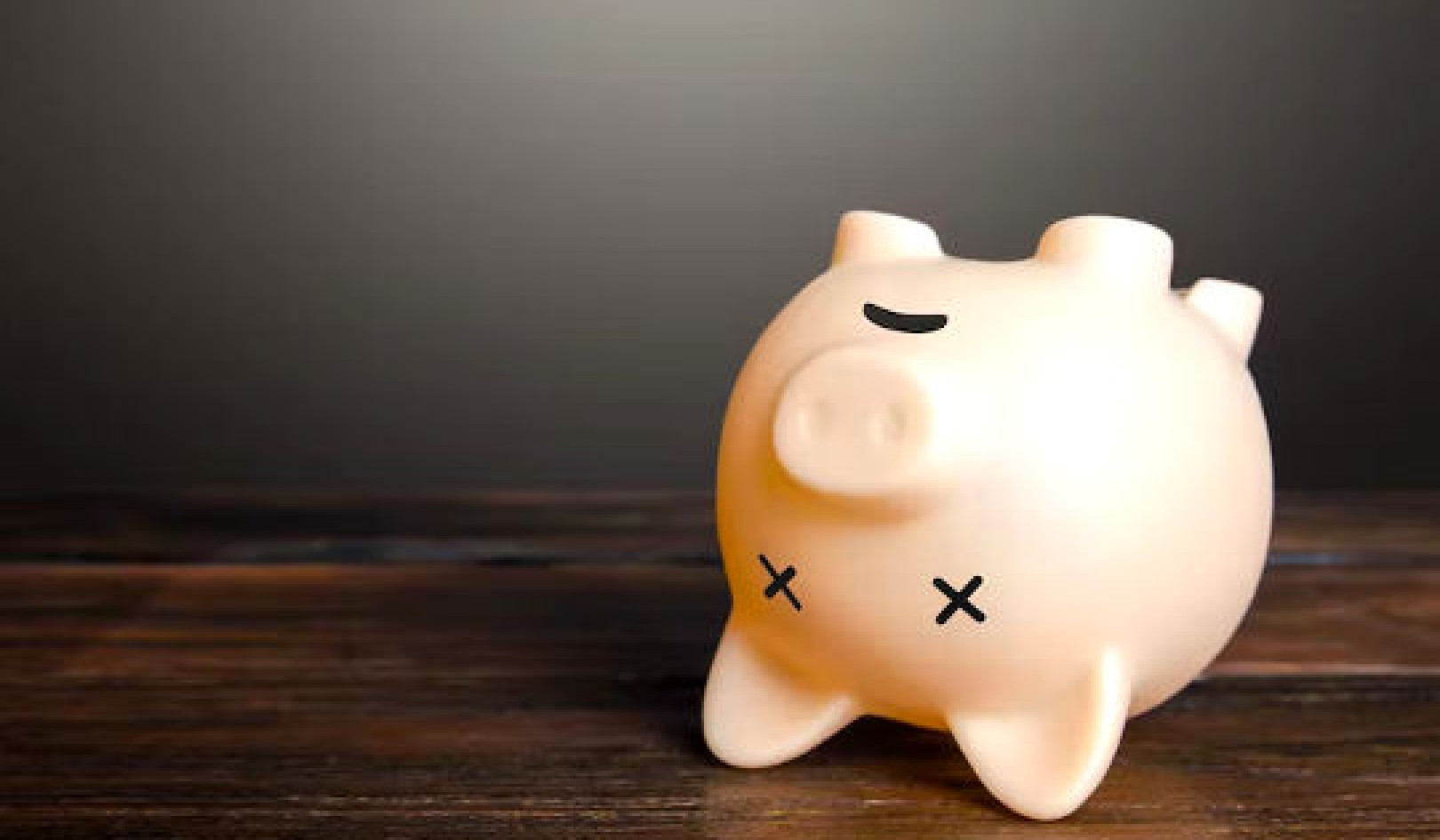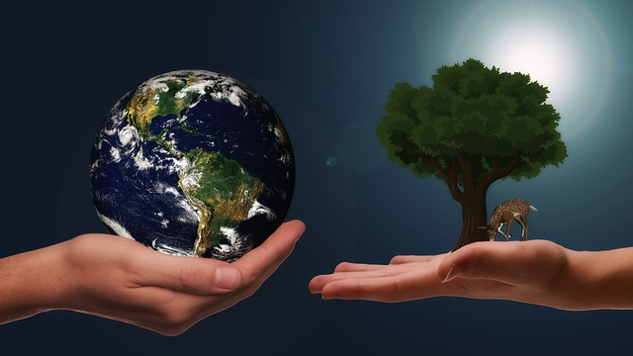
Image by Gerd Altmann
Moral distress is a cycling through helplessness, irritation, anger, rage, hopelessness, and despair, and it is deeply polarizing regarding the discernment of right, wrong, and integrity. In her book Standing at the Edge: Finding Freedom where Fear and Courage Meet, Joan Halifax defines integrity as
“...having a conscious commitment to honor one’s own strong moral and ethical principles. Morality refers to our personal values related to dignity, honor, respect, and care. Ethics refers to the codified sets of beneficial and constructive principles that guide society and institutions and to which we are held accountable. When we cause suffering to others or ourselves, our integrity is violated. When we alleviate the suffering of others, our integrity is affirmed.”
The word “moral” ultimately refers to the nature of human rights as defined by the United Nations in 1948 and subsequent changes in the definition of human rights.
Moral Rules and Formulas: There Is No 'One Size Fits All'
We can no longer completely rely upon moral formulas and rules that try to fit all occasions. At this time, we must become independent of what the crowd on social media, the internet, the TV, and news media are promoting. We must also become independent of religious authorities, political authorities, and others professing infallible knowledge.
Given the amount of moral distress and moral violation in our culture now, it is vital to wake up the need to engage appropriately and as compassionately as possible. It starts with our autonomy and agency as we experience our own moral distress and have deep and profound self-compassion. New ways of helping people are needed by simply listening and bearing witness with nonattachment.
Moral independence is a call to action for a sane and just society. It is a call for appropriate autonomy away from the center of a materialistic culture and hedonistic society. To be ethical and morally independent is produced by one’s inner spiritual development.
The Present Moment is The Arbiter of Morality
Each situation in our life needs to be held in the present moment by relying on body sensation using a method of conscious breathing into the belly called bringing the mind into the Hara and clear thinking. Then attention is brought to the outside world with somatic, emotional, and cognitive empathy.
Through one’s own spiritual practice and healing with the natural world, one’s own body, heart, and mind becomes the arbiter of morality through self-regulation and somatic knowing of what to accept and what to reject. It simply means that we meet each moment as it is and sort out what needs to happen in that moment.
The current dilemma is a spiritual disease that demands spiritual healing as a partnership and grounded attitude permeating the mind and body of our planet and all its inhabitants. This exploration is spoken of eloquently by Dianne Connelly in her beautiful book, All Sickness is Homesickness. Contemplate that.
The Spiritual Life: Unified Body and Mind
Zazen (and meditation in general), exercise, and Real Food are critical for recognizing the portal (the “Way”) to the present moment: The Supreme Spiritual Teacher is the present moment. This moment expresses a Middle Way (or the “Way” according to Taoism and Zen) between extremes of good and bad, eternalism and nihilism, right and wrong, and so forth. The “Way” is moral independence, which requires effort to maintain.
In Zen Mind, Beginner’s Mind, Suzuki Roshi said, “form is form, emptiness is emptiness.” The spiritual life is already present as a united body and mind. The totality of originality, cosmology, enlightenment, and the ground of being are already totally present.
Build ethical autonomy and then a sane society around shared goals of happiness and full, appropriate self-expression: spiritual self-regulation first; moral engagement (coregulation) follows.
Copyright 2022. All Rights Reserved.
Adapted with permission of the publisher,
Healing Arts Press, an imprint of Inner Traditions Intl.
Article Source:
BOOK: The Biodynamics of the Immune System
The Biodynamics of the Immune System: Balancing the Energies of the Body with the Cosmos
by Michael J. Shea
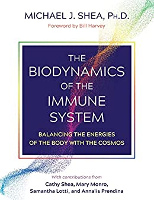 Drawing on more than 45 years of practicing Eastern medicine, Michael J. Shea, Ph.D., presents a holistic guide to biodynamic manual therapy practices for optimizing the immune system and for healing the deep spiritual suffering of our contemporary world.
Drawing on more than 45 years of practicing Eastern medicine, Michael J. Shea, Ph.D., presents a holistic guide to biodynamic manual therapy practices for optimizing the immune system and for healing the deep spiritual suffering of our contemporary world.
Showing spiritual suffering to be the root of our modern epidemic of metabolic syndrome and other widespread health issues, the author explains how the pervasive degradation of the human body relates directly with the food we eat, the air we breathe, and our thoughts and emotions. He explains how the Five Element theory of Eastern medicine offers a method to reclaim the body by sensing each element in and around us as a single continuum.
For more info and/or to order this book, click here. Also available as a Kindle edition.
About the Author
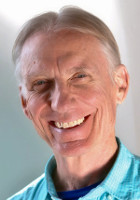 Michael J. Shea, Ph.D., holds a doctorate in somatic psychology from the Union Institute and has taught at the Upledger Institute, the Santa Barbara Graduate Institute, and the International University for Professional Studies.
Michael J. Shea, Ph.D., holds a doctorate in somatic psychology from the Union Institute and has taught at the Upledger Institute, the Santa Barbara Graduate Institute, and the International University for Professional Studies.
He is a founding board member of the Biodynamic Craniosacral Therapy Association of North America and the International Affiliation of Biodynamic Trainings. He is the author of several books, including Somatic Psychology.
More books by this Author.




















